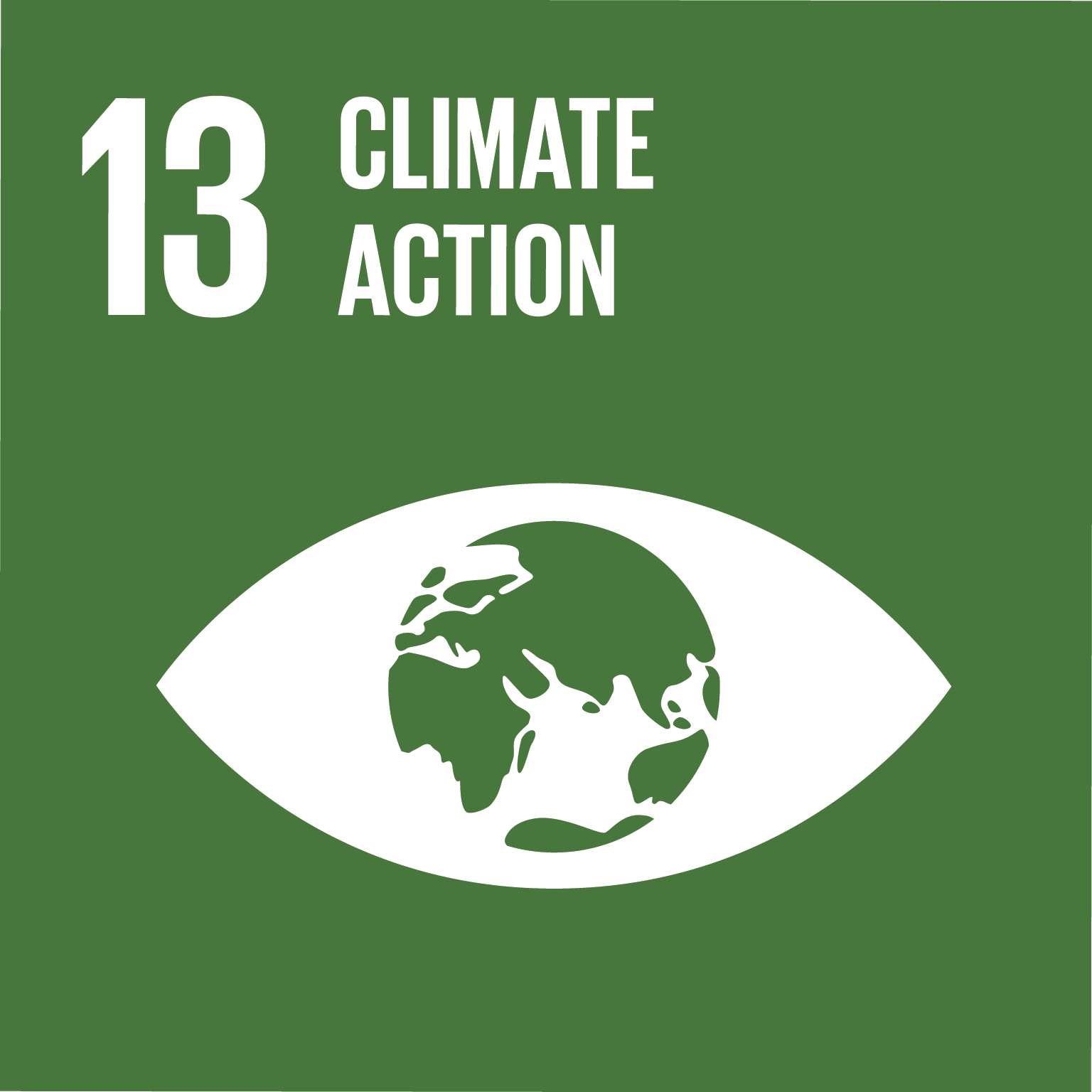150,000
m3 per day
CLEAN WATER AND SANITATION
Ensure access to water and sanitation for all
Over 2,000 million people in the world live without access to a basic drinking water service, and 3,6 billionhave no access to a basic sanitation service, resulting in avoidable deaths, chronic disease, fewer hours of education and low productivity.
ACCIONA has positioned itself as a key player in the water treatment sector. Its innovative management seeks to resolve the challenges with respect to the shortage of water resources.
CLIMATE ACTION
Take urgent action to combat climate change and its impacts
The generation and use of energy accounts for 35 % of total greenhouse gas emissions in the world. This activity is the largest contributor to global warming. Investment in renewable energy, energy efficiency and other low-carbon technologies will continue to be essential to meet the emerging needs of humanity and to minimize their negative impact on the environment.
ACCIONA considers the fight against climate change and its effects to be a strategic priority. The company works to mitigate greenhouse gas emissions in order to contribute to the progress of society and respond to the main challenges of sustainable development in the areas of infrastructure, water and energy, leading the transition to a low-carbon economy.
The new plant is located in the district of Muntinlupa at the southern end of the metropolitan area of Manila, the country's capital, also known as Greater Manila. It adjoins the existing drinking water treatment plant (Putatan 1) and will serve an area with a population of 6 million people with a capacity of 150,000 m3 per day.
The new facility represents a significant step forward towards providing drinking water to an increasingly larger proportion of the population. Many homes in the Philippines do not have access to drinking water despite the abundance of water resources in the country. The alternatives usually involve self-supply (private wells, collection from rivers and springs), small independent water suppliers, or buying water from tankers, etc.
A key feature of the new plant is the advanced treatment of raw water (previously untreated water) from Laguna Lake, the largest lake in the Philippines and the second largest freshwater lake in South-east Asia, to produce clean, pleasant tasting, and healthy water in 18 months, with a small carbon footprint.
Maynilad Water Services Inc. (MWSI), provider of water and wastewater services to the 17 cities and municipalities that make up the western area of Greater Manila, awarded the contract for the plant to a consortium comprising ACCIONA Agua and the local companies, Jardine Electric Control Philippines (JECP) and Frey Fil.
GENERAL INFORMATION
- Client: Maynilad Water Services Inc.
- Location: Muntinlupa, Philippines
- Population served: 6,000,000 inhabitants
- Flow: 150,000 m3 per day
Key figures
6,000,000
inhabitants served
150,000
m3 per day
1 year
Design, construction and O&M (1 year)
Technology and innovation
BIOFILPAS®
reduces biological contamination through the action of microorganisms, while making the treated water clearer by filtering through the solid medium.
Furthermore, in terms of infrastructures, it is worth noting the reduction in space used for biological treatment volume and the removal of the secondary settling.

